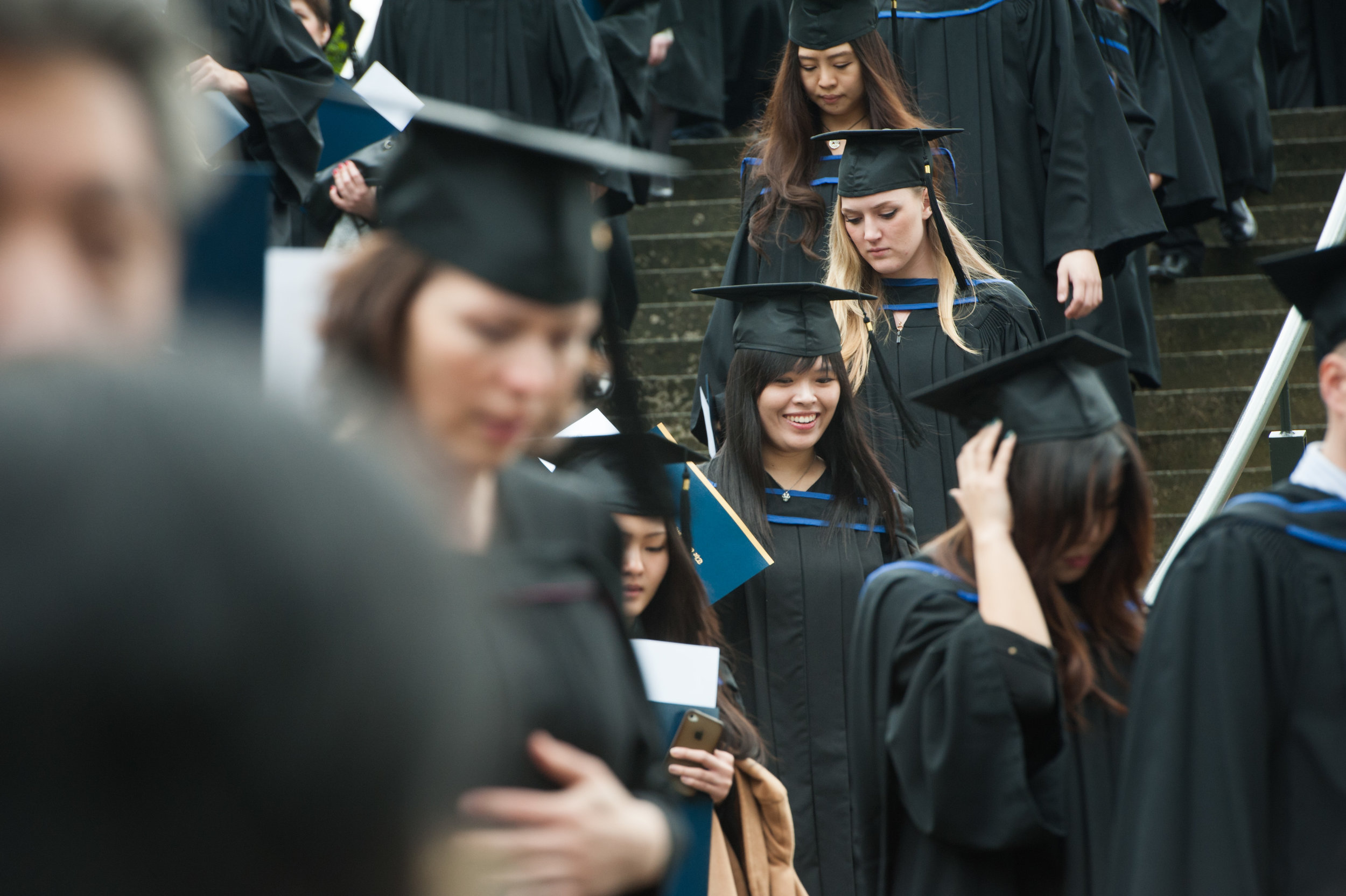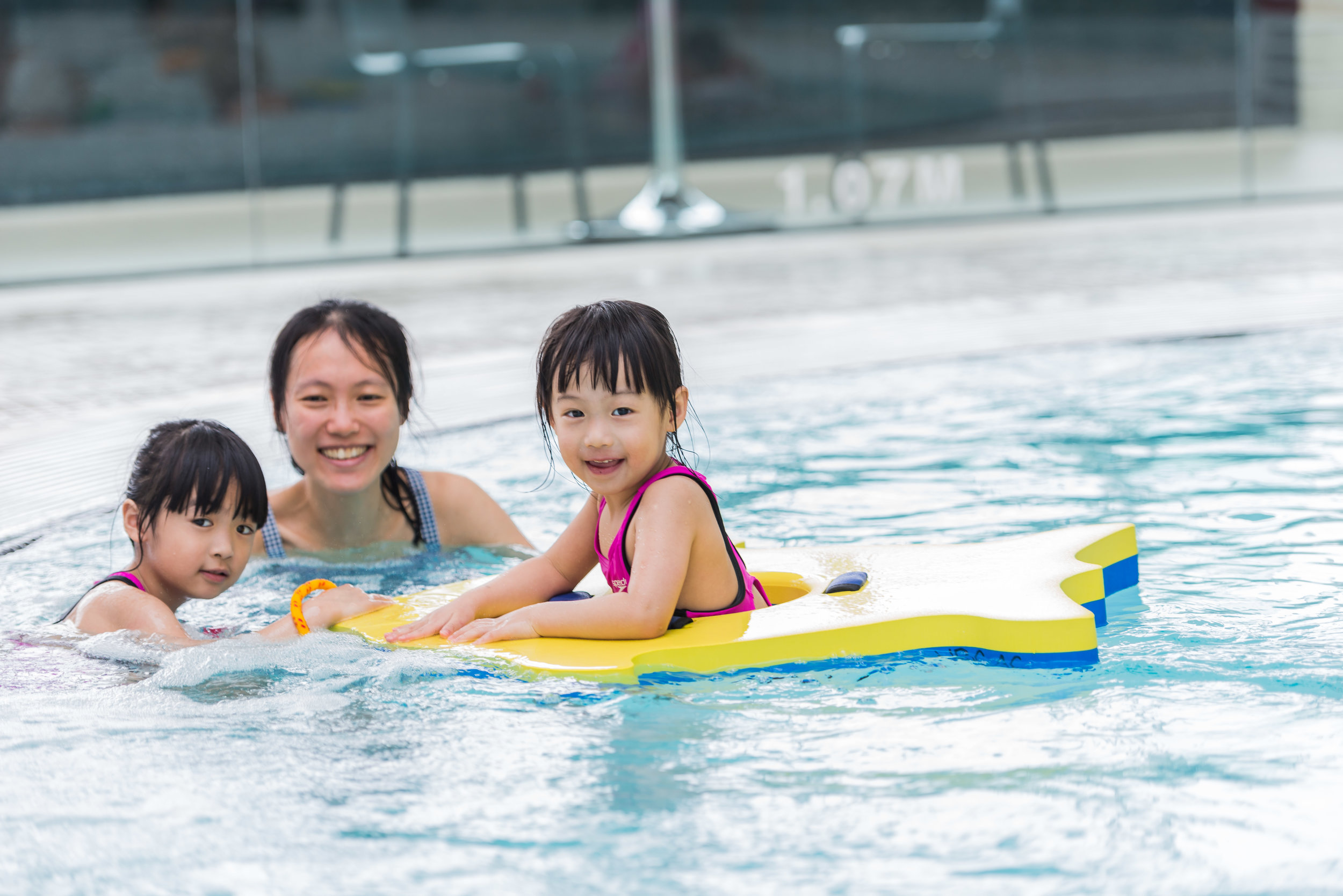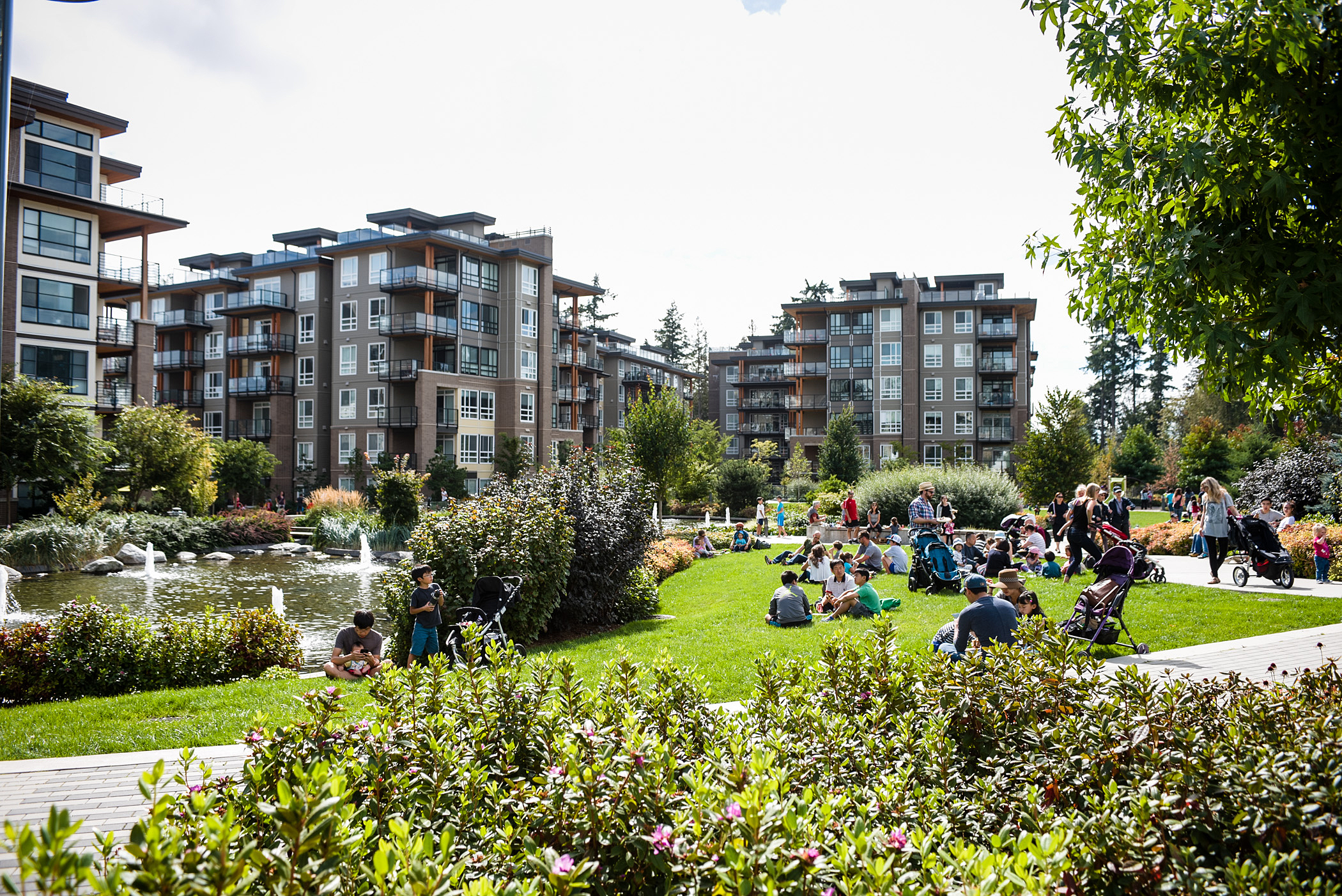The founding vision of the campus was to develop housing to financially sustain UBC as a leading teaching and research university.
UBC’s Point Grey campus is located on the traditional, ancestral and unceded territory of the xwməθwkwəýwəm (Musqueam) people. The xwməθwkwəýwəm people have been present in their traditional territory, which includes the University Endowment Lands, all of present-day Vancouver, and surrounding areas, since time immemorial.
Campus History
The Government of British Columbia chose Point Grey as the site for UBC in 1910. A 1914 Campus Plan provided the framework for UBC’s growth. In 1920, the province set aside 3,000 acres of Point Grey as endowment land for the university, with the plan to develop housing to fund UBC, over three times the current size of the UBC lands.
1926 Plan map for campus - Illustrating Plans to develop housing in the area that is now Pacific Spirit Park
The campus grew slowly in its early years, accelerating after WWII along with the nations growth through the 1950s to the 1980s, when UBC built much of the existing academic core. In the late 1980s, two decisions shaped UBC’s future: the creation of Pacific Spirit Regional Park, and development of the first campus residential community in Hampton Place. The decision to save the forest as a natural amenity for all to enjoy was a compromise that allowed the University to plan for more dense urban development on the remaining UBC lands.
Sharp and Thompson, Campus Plan, 1914
Aerial view of Point Grey Campus, 1925
UBC’s academic population has grown rapidly to more than 55,000 students and 14,000 faculty and staff, along with new facilities, student housing, and six campus neighbourhoods, and currently has:
AERIAL VIEW OF POINT GREY CAMPUS TODAY
994 acres of land
19 million sq. ft. of academic floorspace
11,000 neighbourhood residents
11,796 student residents
A daytime population of nearly 80,000
UBC is now surrounded by Pacific Spirit Park and the University Endowment Lands
Policies and Plans
UBC’s policies focus on improving wellbeing for the whole campus by adding services, facilities and amenities. Existing UBC policy supports building neighbourhoods to provide services, facilities and amenities for the whole campus community.
UBC has a Land Use Plan that describes a broad vision for a complete, sustainable and integrated university community. UBC’s Neighbourhood Plans are detailed guides to make this vision happen in specific areas. They include policies for the amount and type of housing, how people move around, open space, and ways to manage impacts on neighbours.
Links to relevant plans:
Governance and Decision Making
A governance framework, defined by a set of policies and responsibilities, guides UBC’s land use planning:
PROVINCE: Approves Land Use Plan.
UBC BOARD OF GOVERNORS: Approves campus and neighbourhood plans, academic development projects and policy.
DEVELOPMENT PERMIT BOARD: Approves development projects in neighbourhoods.
UBC ADMINISTRATION: Develops campus and neighbourhood plans. Engages campus stakeholders, partners and community.
COMMUNITY: Provides input and feedback. Consists of UBC students, faculty, staff, residents, stakeholders and partners.
UBC’s land use decisions are governed by provincial laws. Under these laws, the provincial government is responsible for adopting and approving any changes to the UBC Land Use Plan. These laws also give UBC’s Board of Governors’ the powers to make decisions about what happens with UBC’s land and buildings, including approving policies like Neighbourhood Plans.
UBC staff – including Campus and Community Planning – make recommendations to the Board of Governors. These recommendations are based on community engagement, best practices and technical analysis. In campus neighbourhoods, UBC partners with the University Neighbourhoods Association to deliver services and programs to the campus community.
UBC Endowment
A century ago, the province set aside the lands for UBC with the plan to develop housing to fund the University. Since the first campus neighbourhood, UBC has used its land development Endowment to support scholarships, bursaries, student housing, research centres, and faculty affordability housing programs.
Endowment beneficiaries
UBC’s Endowment provides ongoing financial support for research and funding to enable academic excellence. The Endowment includes generous donations from individuals and groups. It also includes revenue from land development as the province envisioned a century ago.
UBC generates land development revenue by leasing neighbourhood lands for 99 years and by developing and managing rental housing. UBC then endows the revenue, which generates income to support the academic mission and also enables building faculty, student and staff housing. In this way, UBC preserves both its lands and the revenue in perpetuity for faculty, students, research and staff.
Neighbourhood Planning Today
The campus neighbourhood population grew by 32% between 2011 and 2016.
(Statistics Canada)
UBC uses its land to support a vibrant community, provide a home for faculty, staff, students and others, and to provide support for its endowment and academic mission. The endowment revenue from neighbourhoods funds new academic buildings, research chairs, student housing and faculty-staff housing programs.
Where People Live
UBC campus residents live in six neighbourhoods – Hampton Place, East Campus, Chancellor Place, Hawthorn Place, University Boulevard, and Wesbrook Place. Student housing is primarily in UBC’s academic core.
People at UBC live in different types of housing. Hampton Place, built in the early 1990s, has many townhome and low-rise apartments. Reflecting regional urban trends, newer neighbourhoods like Wesbrook Place include taller multi-family buildings, along with more community services like a large grocery store, restaurants and community centre.
People at UBC also live in different housing arrangements, known as tenures. These include condominium ownership under 99-year leases, rental housing at market rates, and restricted rental housing for specific groups, such as seniors, or at reduced rates, such as faculty-staff housing.
Housing affordability is a growing and obvious challenge in Metro Vancouver. UBC’s Housing Action Plan includes programs and policies to support student, faculty and staff housing. With 685 faculty-staff rental units at below-market rates, UBC is Metro Vancouver’s largest provider of workforce housing. This is projected to grow to over 800 by 2021 with significant increases in the amount of faculty and staff housing planned in future neighbourhoods, including Stadium Road Neighbourhood.
UBC’s policies support a range of different housing types, tenures and sizes in campus neighbourhoods.
Key actions to improve housing choice and affordability for faculty and staff include:
Up to 30% of new housing built at UBC will be rental and up to 20% of this will be below-market faculty-staff rental
Provide a range of housing types and sizes, including housing for families with children
Target 50% of new housing for UBC affiliates (faculty, staff, students)
Sources: Land Use Plan, Housing Action Plan
Getting Around
In 2017, there were over 156,000 trips to and from UBC each day.
Transportation is important to connect UBC to the region, and to connect UBC’s community to different parts of campus. Over the past 20 years, trips have shifted from cars to a 328% increase in transit travel.
Not surprisingly, walking is the primary way UBC’s community gets around the campus. UBC has an extensive pedestrian network in and outside of neighbourhoods that continues to be expanded and improved upon. UBC’s policies are committed to sustainable transportation and flexible to adapt to this changing world. They prioritize walking, cycling and transit and support the development of rapid transit to campus.
Existing UBC Policy:
Lead in alternative transportation models
2040 target: 2/3 of trips to and from campus by walking/cycling/transit
Connect the campus with a greenway corridor
Sources: Land Use Plan, Transportation Plan, 20-Year Sustainability Strategy
A Green Campus
95% of campus residents say UBC’s natural setting is important or very important in attracting them to live on campus (2013 survey).
Surrounded by Pacific Spirit Park and the Pacific Ocean, the Point Grey campus’ unique character and identity is deeply rooted in its coastal landscape setting. UBC is situated in an ideal environment to lead as a ‘living lab’ campus with capabilities to develop and employ best practices in urban development.
UBC celebrates this natural setting by embracing sustainability. For campus neighbourhoods, this includes: on-site and district rainwater management; ecologically rich green spaces, green street designs; high green building standards for all residential development; and connecting all new development to the Neighbourhood District Energy System.









